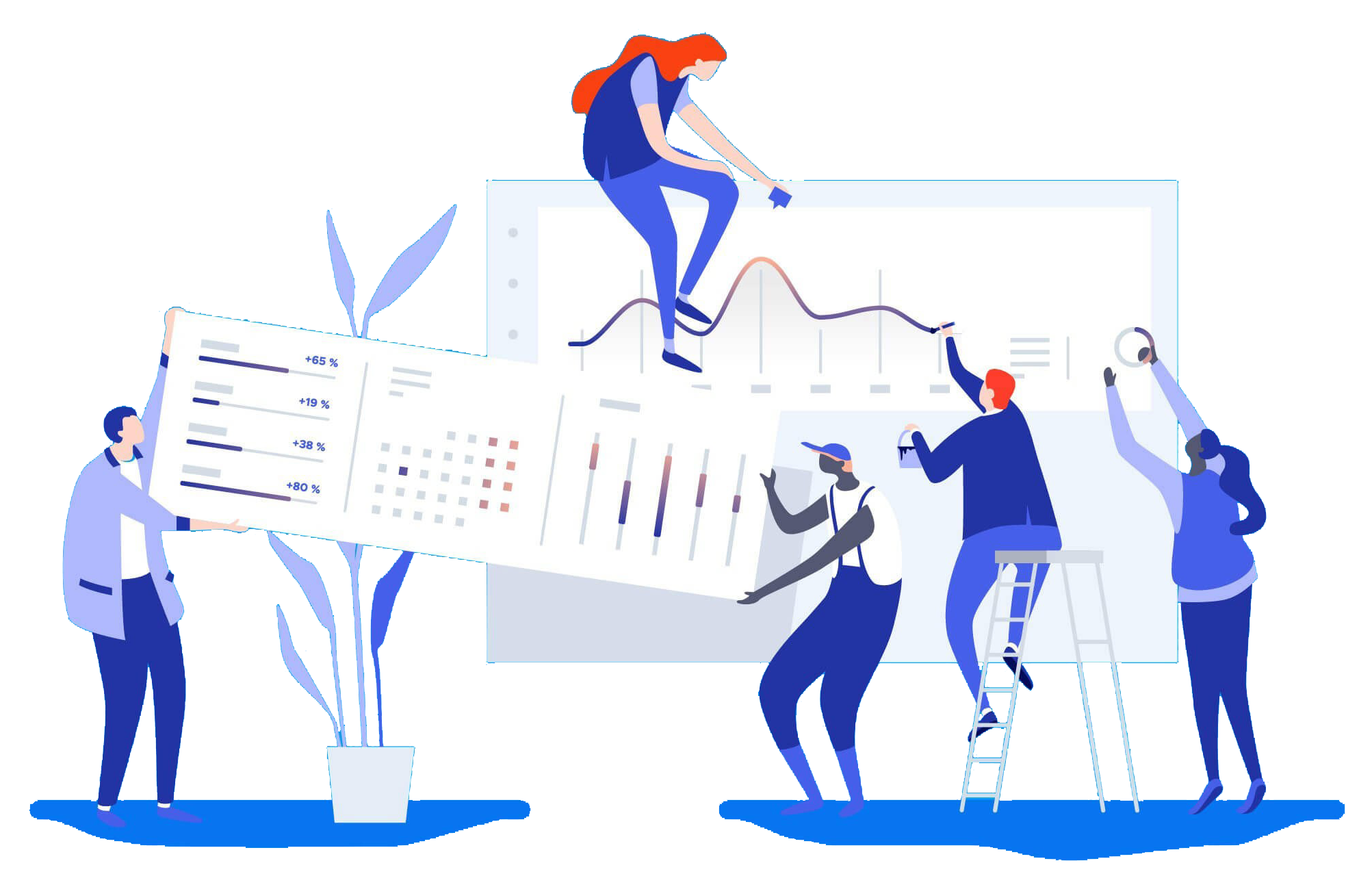Lean is a structured approach to eliminate activities that don’t serve or add value to your organisation. Steps that are seemingly wasteful are removed to ensure that steps taken necessarily add value. The lead method assures customer satisfaction through high quality processes. A process can be defined as a set of activities, which converts inputs into outputs using resources. In any process, almost 80% of activities are non-value adding activities. The focus of lean is to identify these activities within the process, and eliminate them for increased efficiency, using specific lean tools. Activities can be classified as: non-value-added activity; whereby activities add no value to the processor products, value-added activity; activities that are essential and add value, and enabling value-added activity; activities that are valuable to the continuity of a process, but that add no value to the customer.


The main principles of lean are:
- Identify your customers and their values: Identify customers and discern their value placement on, and expectations from, your products and services.
- Map the value steam: This shows the workflow process steps for a product or service, allowing you to remove NVA activities.
- Create flow: Create flow to customers by ensuring a continuous flow system when producing a product or service.
- Establish pull: Establish pull approach by meeting system beat time (the rate at which a product must be ready to meet customer demands)
- Seek continuous improvement: Existing business processes must be continually improved to cater to ever-changing consumer needs. This reduces product defects and waste, while maintaining quality customer service.
Six Sigma
Six Sigma is a data-driven problem-solving process. It entails process variation and emphasis is given to customer satisfaction. It seeks to continuously improve processes and support low defects. Problem-solving in sigma six is done using the DMAIC framework, consisting of:
- Define: the problems and objectives
- Measure: what needs improvement and what can be measured
- Analyse: the process. Define factors of influence
- Improve: identify and implement improvements
- Control: the improvements. Assure that improvements are sustained

Lean Six Sigma is fact-based, data-driven principle of improvement that rates defect prevention over defect detection. It promotes the use of work standardisation and flow through driving customer satisfaction and bottom line results by reducing variation, waste, and cycle time. It can be applied anywhere variation and waste exist. Lean six sigma combines the strategies of lean and six sigma, in order to improve the efficiency and quality of the process. The lean focus on waste reduction supports the six sigma principles of heightened quality, because waste elimination removes the opportunity to make a defect. In the same vein, the six sigma emphasis on quality supports the speed required by lean methods.
Lean Six Sigma Integration and Digital Transformation
Today, the integrated Lean Six Sigma management approach is being used across sectors and industries for maximal effectiveness and exceptional performance growth. Both approaches go hand-in-hand by reducing waste and by reducing process variation, to help organisations realise the full potential of their process improvements.
However, many companies also recognise the importance of digital technologies to transform performance. Integrating Lean Six Sigma principles into digital transformation can be a highly effective way of achieving wide-ranging simplification of processes, allowing companies to identify and apply the most effective levers for their digital transformation journey. However, companies that simply introduce new technologies, without considering the value-stream, run the risk of failure. Instead, companies need to select the right technological building blocks based on their specific value creation potential to attain competitive advantage.
Each company needs to arrange its own technological blocks to address its organisational needs. For example, if a company has deficient value streams or poor data quality, sophisticated technology will not help overcome these challenges. Digitisation of processes with poor data quality, in fact, make existing shortcomings even worse. The 5 categories of technological building blocks are:
These building blocks are interconnected and therefore require a holistic design approach. They are implemented across the organisation in both core operational functions and support functions. The immediate use of mature technological building blocks on standardised processes will deliver more reliable processes with less failures. When organisations shift their focus from eliminating waste to creating value-add, the consequence is a significant increase of productivity. In addition, your business can automate and digitise manual information processing and standard decision-making. Digitised information flow not only produces less failures and significantly accelerates workflows, but also creates new value and optimisation opportunities through the digital visibility of big data.
In order to be successful, companies need to ensure that lean principles are fully integrated into their digital transformation efforts. Companies should:
- Choose the right building blocks based on value-creation potential
- Use lean principles to radically simplify the value stream
- Avoid digital shortcuts
- Start developing a lean digital capability – involving top-management involvement and a cultural shift within the organisation
Fulfilling these actions will enable companies to achieve quintessential shifts in performance levels by combining digital and lean principles.



